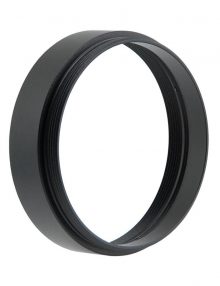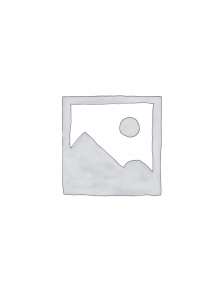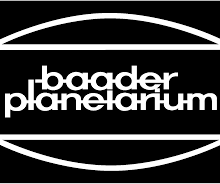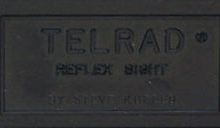Description
A 17mm T Spacer for extending or spacing T threaded accessories at optimal distance. Useful for cameras and telescopes, especially with reducers and correctors
Available sizes are 5mm, 7mm, 17mm, 7.5mm, 20mm, 20.5mm – 30mm variable, 30mm
How To Set the Correct Back Focus Spacing?
To change back focus spacing, you need to add (or remove) spacers, sometimes also called extenders, within your telescope’s imaging train. To do that, you’ll need to physically thread the spacers into the imaging train at some point in between the camera and your telescope. It usually doesn’t matter where, but if you’re using filters or a filter wheel of any kind, you’ll want to keep the filters as close to the camera sensor as possible. If you’re using filters, see the section below on how filters add back focus distance.
How to Use Spacers for Back Focus
Spacers come in many different lengths to accommodate all different back focus spacing needs. They also come in a variety of thread sizes, such as M42 and M48, so be sure to choose the right size threads for your system. To make this easier, many astronomy camera manufacturers (such as ZWO) include the correct spacers to reach 55mm back focus. Spacers can be as short as less than 1mm and as long as necessary.
To ensure all spacers and components in your imaging train can thread together, you will need to know the size of the threads on the end of your telescope or corrector/reducer. This is most commonly M48 or M42 size threads, but thread size can depend on the corrector, reducer, or telescope. Make sure your t-ring and/or spacers you have can thread together between the telescope, camera, and any accessories in between. ZWO has a helpful back focus guide on how to thread their included adapters together to reach 55mm of back focus.
I Use Filters in My Imaging Train. Does this Change My Back Focus?
Yes, using filters of any kind in your imaging train will alter your back focus slightly. Putting a filter into the optical path always increases the back focus distance. To calculate how much back focus spacing you need to add, take the thickness of the filter and divide it by 3. So, if you have a filter that is 3mm thick, you need to add 1mm of spacing to your imaging train to retain the correct back focus. Therefore, a 55mm back focus with a filter that is 3mm thick added to the imaging train would become 56mm. In practice, however, 1mm off from back focus spacing is usually not very noticeable unless you’re using a large sensor or a very fast optical system.
How do filter wheels/drawers, off-axis guiders, and other accessory in the imaging train affect back focus?
Filter wheels, filter drawers, and off-axis guiders all have thicknesses that will add to the overall length of your imaging train, and these need to be factored in when calculating back focus. Each individual part has their own thickness, which you can usually find in the product manual online. Some manufacturers produce these components with thicknesses that match the spacers included with cooled astronomy cameras, so that you can easily swap out a spacer for an off-axis guider, for example. For that reason, we usually recommend sticking with one brand’s product ecosystem as their components are sometimes interchangeable.
I have a Petzval/Quadruplet Refractor. Do I Need to Adjust Back Focus Spacing?
The benefit of the Petzval/Quadruplet refractor design, such as the William Optics RedCat 51, is that the focusing mechanism moves the entire image train. This means that for these telescopes, all you need to worry about is reaching focus, which is rarely an issue, and your back focus spacing will be correct.
Is Back Focus Spacing Important for Planetary Imaging?
While it depends on the sensor size being used, back focus is not nearly as important to get correct for planetary imaging. The reason for this is because incorrect back focus spacing usually effects off-axis portions of the image like the corners. Since most planetary cameras use very small sensors unlike cooled astronomy cameras for deep sky, back focus is not nearly as critical and the effects of incorrect back focus spacing are usually unnoticeable.
Back Focus Spacing Summary
Back focus spacing is important to get right for nearly any deep sky imaging setup, especially those using large sensor cameras or fast focal ratio telescopes. All optical correctors and reducers require a specific back focus length, so be sure to check the manual or diagrams to find out what that measurement should be. Most often, it is 55mm, which is easily achievable with a T-ring for DSLR/Mirrorless cameras or adapters included with cooled astronomy cameras. However, if it’s other than 55mm, you may need to purchase separate spacers for your setup.












































Reviews
There are no reviews yet!